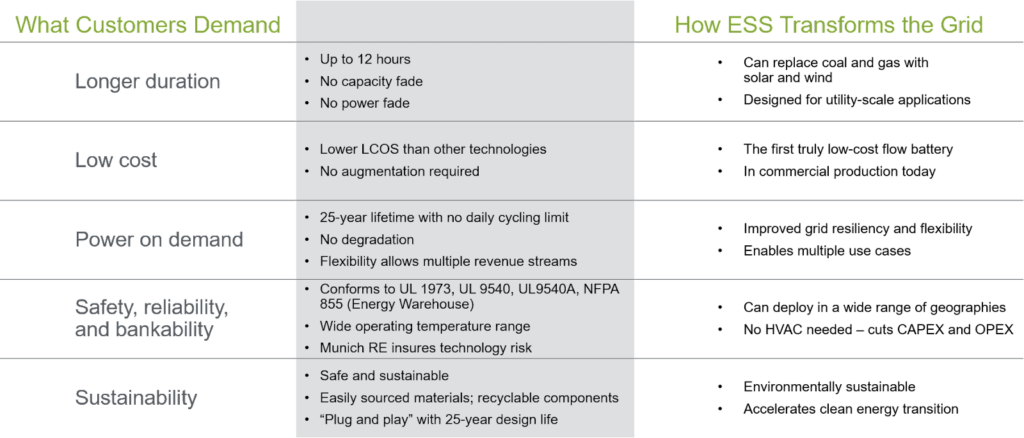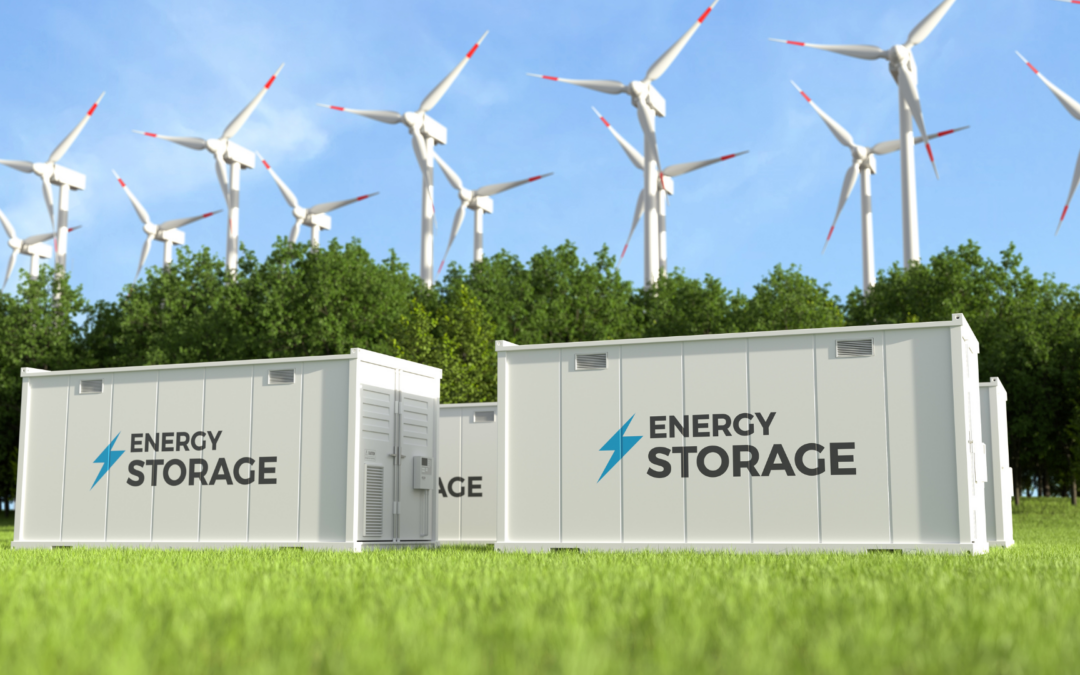We just had a stimulating discussion of some of the latest advances in an important storage technology. The storage systems now being installed on the grid are not adequate to deal with extended and extreme events that threaten the steady supply of power. One of the hottest topics in storage is how to deal with this vulnerability and what systems can provide power for over 8 hours that are compact, inexpensive, and durable. The state has estimated it will take 4,000 MW of long-duration storage facilities to back up an all-clean power system adequately.
While systems like Compressed Air Energy Storage (CAES) have been touted for years, they turn out to be expensive and limited to geologic situations that are free of leaks. While hydro-pumped storage has been playing this role for decades, there just are not enough new sites that look like they can be permitted to add to those already in operation.
In our first MeetUp of the year on January 24, we explored the topic with the help of two panelists. Deepak Aswani, Supervising Principal Engineer for R&D at SMUD, gave an overview of their decision to contract for some pioneer units, the first of which will be a unit from ESS. And Paul Notti, Director of Sales in the West for ESS, filled in details on their technology and the project with SMUD.
Notti said there are probably 40-50 companies chasing this market, but few are fully commercial or close to it. In his view ESS is one of the most advanced, with a first commercial deployment in 2015 and a Generation 2 rolling out in 2020. We have also been watching Form Energy with an iron-air battery and Energy Dome with a reversible supercritical CO2 system as being on the cutting edge as well. All three have a great deal yet to prove on durability, reliability, and cost.

Courtesy of ESS, Inc.
The Energy Commission has awarded $30 million to a demonstration project with Form Energy in Mendocino with a 5 MW/500 MWh unit and $31 million to the Viejas Indian Tribe in Anaheim for a system that can store 60 MWh through a combination of a vanadium redox flow battery and zinc ion batteries.
SMUD, after looking at all long duration storage options, has contracted with ESS to install up to 200 MW/2 GWh of its systems, starting with a 4 MW system tied into its distribution network. If all goes well, ESS may set up a manufacturing line here with hundreds of jobs.

The ESS system is an iron redox flow battery that comes packed in 75 kW modules in 40-foot shipping containers that can be delivered to the site and quickly installed. A 200 MW system would then require over 2500 of the modules of that size. Notti sees the power cost improving over time to get to about $.05 per kWh. We would also expect to see the module capacity increasing as experience grows.
Notti noted that there already are over 80 ESS units deployed in the field. This early momentum for ESS attracted $57 million in investments from powerful backers, including Bill Gates and Softbank. It went public in January 2021 (NYSE:GWH), raising over $200 million.
With this track record, ESS is likely to have many more projects in California. Keep an eye on them.

